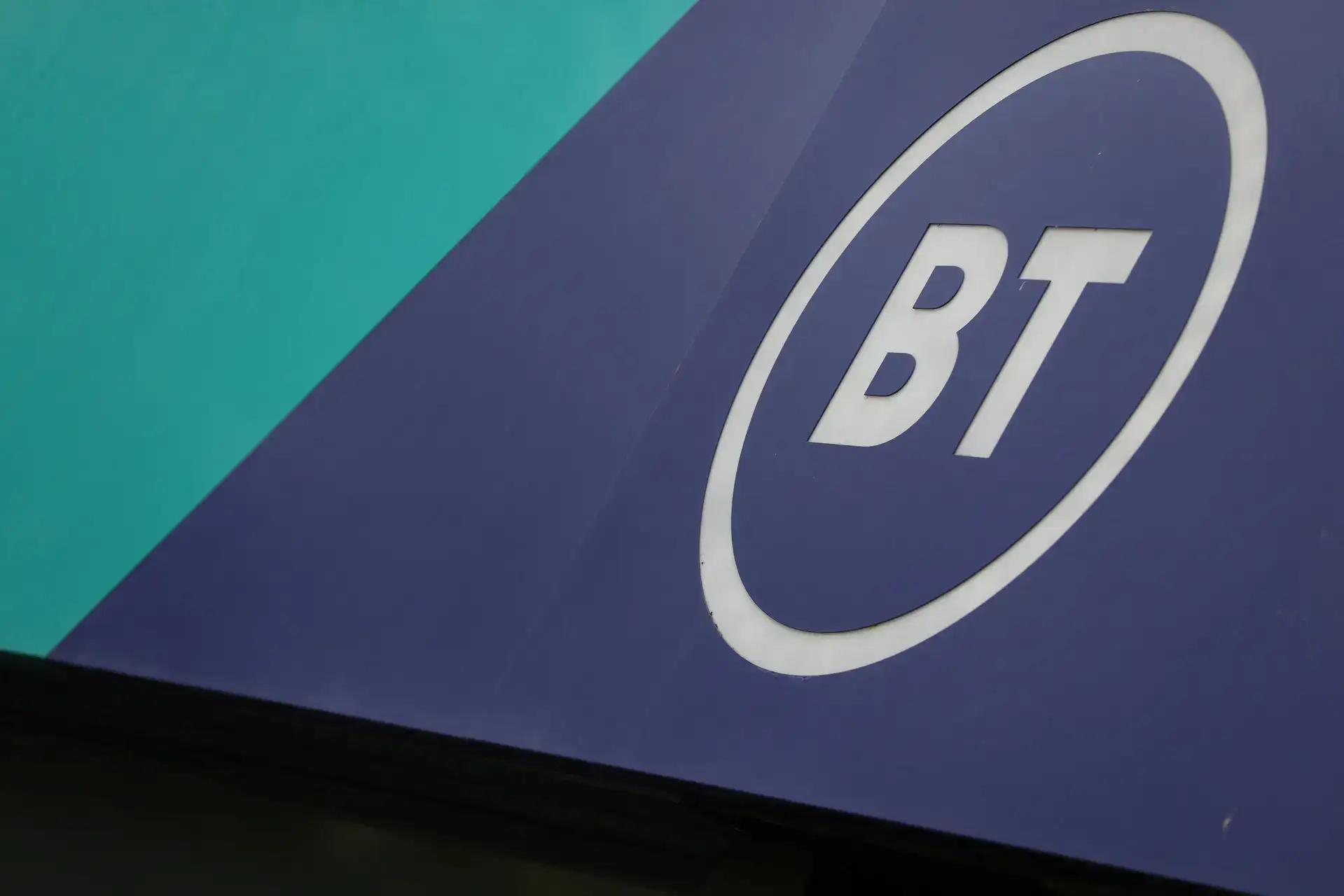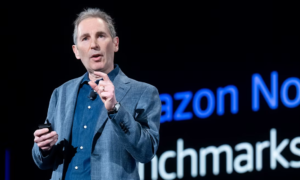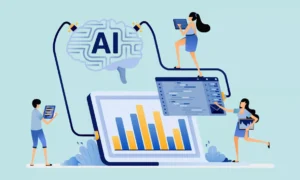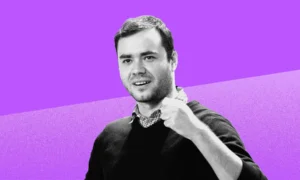BT’s job cuts were already massive. Now, they may go deeper.
CEO Allison Kirkby says AI could enable the telecom giant to shrink even further — beyond what was originally planned.
And that’s not all. A potential Openreach shake-up may also be on the table.
Inside the Executive Shift: What BT’s CEO Just Said
BT Group’s chief executive, Allison Kirkby, has signaled that artificial intelligence may allow the company to cut more jobs than previously expected — potentially downsizing further by the end of the decade.
In an interview with the Financial Times, Kirkby suggested that the ongoing restructuring plan, which already targets over 40,000 job cuts and £3 billion ($4 billion) in savings, does not fully reflect the cost-reducing potential of AI.
“Depending on what we learn from AI … there may be an opportunity for BT to be even smaller by the end of the decade,” she told the paper.
BT, the UK’s largest broadband and mobile provider, initially announced in 2023 that it aimed to eliminate as many as 55,000 roles — including contractors — by 2030. The plan was introduced by former CEO Philip Jansen, who framed it as a path to a leaner, more automated BT.
Kirkby, who took over leadership last year, is now doubling down on that direction. She also revealed that the company may eventually explore options for Openreach, BT’s network infrastructure arm, if market valuation of the unit remains depressed.
Kirkby emphasized that she does not believe Openreach’s value is accurately reflected in BT’s share price. “If that persists,” she said, “we would absolutely have to look at options.”
Still, a BT spokesperson told Reuters that a spinoff of Openreach is not something the company is actively pursuing at the moment.
The Bigger Picture: AI, Jobs, and Telco Realignment
BT isn’t the first major corporation to embrace AI-driven streamlining, but Kirkby’s remarks underscore just how deeply generative tech is changing the conversation at board level.
The original job cut plan already represented a 40–45% reduction in BT’s workforce. Now, AI could push it even further — creating a telecom model that’s leaner, faster, and far less dependent on human labor.
This raises tough questions for workers, especially in legacy tech roles. Just as AI displaces traditional call center and support operations, automation may now extend to backend infrastructure and administrative layers.
Meanwhile, the Openreach comment points to growing pressure from shareholders. If BT can’t surface that value on the books, a future separation or partial sale could gain traction — especially as private equity firms circle telecom infrastructure assets across Europe.
GazeOn’s Take: Where This Could Go From Here
BT’s next big test isn’t just about AI performance — it’s about public and market perception. The company needs to show that automation can translate into sustained profitability without harming long-term service quality or public trust.
And if Openreach’s value continues to be underappreciated in BT’s valuation, don’t be surprised if it gets spun out — especially with fiber infrastructure demand rising fast.
Your Turn
Is AI driving smarter business — or just masking deeper labor cuts? And would spinning off Openreach unlock real value or fragment BT’s core advantage?
About Author:
Eli Grid is a technology journalist covering the intersection of artificial intelligence, policy, and innovation. With a background in computational linguistics and over a decade of experience reporting on AI research and global tech strategy, Eli is known for his investigative features and clear, data-informed analysis. His reporting bridges the gap between technical breakthroughs and their real-world implications bringing readers timely, insightful stories from the front lines of the AI revolution. Eli’s work has been featured in leading tech outlets and cited by academic and policy institutions worldwide.





















